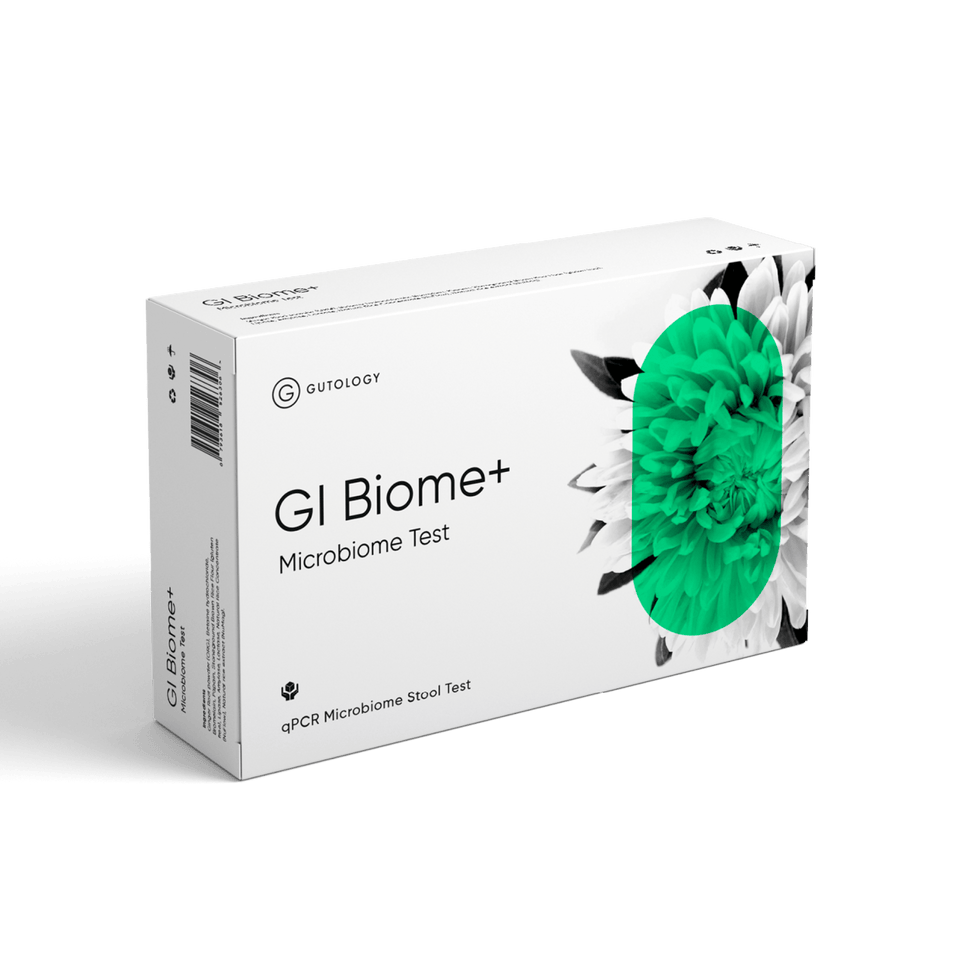The oral cavity is the first point of access to the body — a place where countless microorganisms enter and can spread to other areas, including the lungs, bloodstream, and even the gut.
The Oral-Gut Link
Disturbances in the oral biofilm - the microbial community that lives on teeth and gums can contribute to systemic disorders such as blood clot, diabetes, cardio or neurodegenerative diseases.
However, research also shows that oral bacteria can colonise and persist in the gut, triggering immune activation and chronic inflammation. This may contribute to conditions such as inflammatory bowel disease (IBD) and rheumatoid arthritis (RA)1,2
When Oral Health Affects Nutrition
Oral infection and tooth loss can easily alter eating habits. As a result, people may avoid nutrient-dense foods and turn instead to soft, high-calorie, or high-fat options. Over time, this can impair the absorption of vitamins and minerals and disrupt the balance of the gut microbiome.3
How the Oral Microbiome Shapes the Gut
The state and balance of the oral microbiome can also influence the wider gut ecosystem. Although research into the oral–gut relationship is ongoing, and it’s understood that each site hosts distinct microbial communities with different functions, evidence suggests that shifts in the mouth’s microbiota can mirror or even drive changes in the gut.4,5
These microbes may travel through saliva or the bloodstream. Common risk factors for harmful bacterial translocation include a poor diet, frequent antibiotic or pharmaceutical use, low stomach acidity (such as from PPI medications), and poor hygiene. 4,5
Links between oral and gut bacteria have been especially noted in irritable bowel syndrome (IBS) and autoimmune conditions such as RA and lupus. 4,5
Importantly, much of this microbial imbalance can be reversed through the removal of harmful pathogens and the restoration of a healthy oral ecosystem.5
Prevention and Maintenance
Prebiotics and probiotics have long been shown to benefit both gut and systemic health. Evidence suggests that supporting the oral microbiome through proper dental hygiene and targeted probiotic supplementation can help reduce disease risk.5,6.
Probiotic-rich toothpaste, in particular, has been shown to have anti-inflammatory and antimicrobial effects. Consistent use may help reduce gum bleeding, prevent the growth of harmful bacteria, improve breath freshness, and support the natural balance between the mouth and gut microbiomes7.
Probiotics at work
Carbohydrate-rich diets can create an acidic environment in the mouth, encouraging acid-producing bacteria that contribute to tooth demineralisation and decay.
Research has found that 69–82% of specific Lactobacillus strains (such as L. paracasei and L. acidophilus) can inhibit pathogenic bacteria by adhering to the oral cavity, preventing their attachment, and competing for nutrients and growth factors8.
The Takeaway: Prevention Is Power
Given the cost and inconvenience of dental treatments, prevention is both practical and economical. Good personal hygiene and mindful dietary habits are not only important for oral health — they also serve as targeted interventions for nurturing the gut microbiome and preventing disease.
The Gutology Podcast
If you'd like to find out more about the oral microbiome and what's hiding in your toothpaste, you can listen to the full podcast here:








